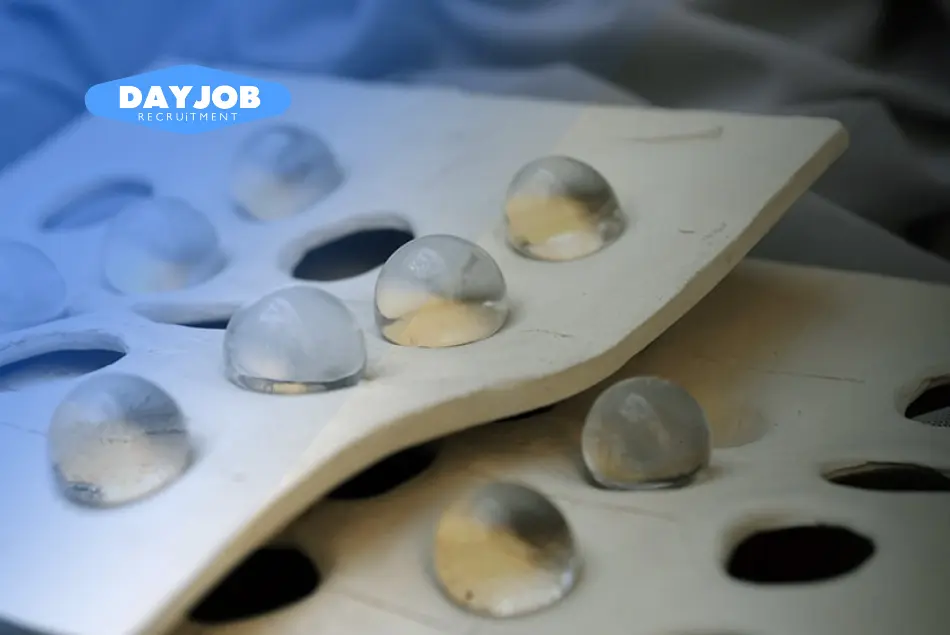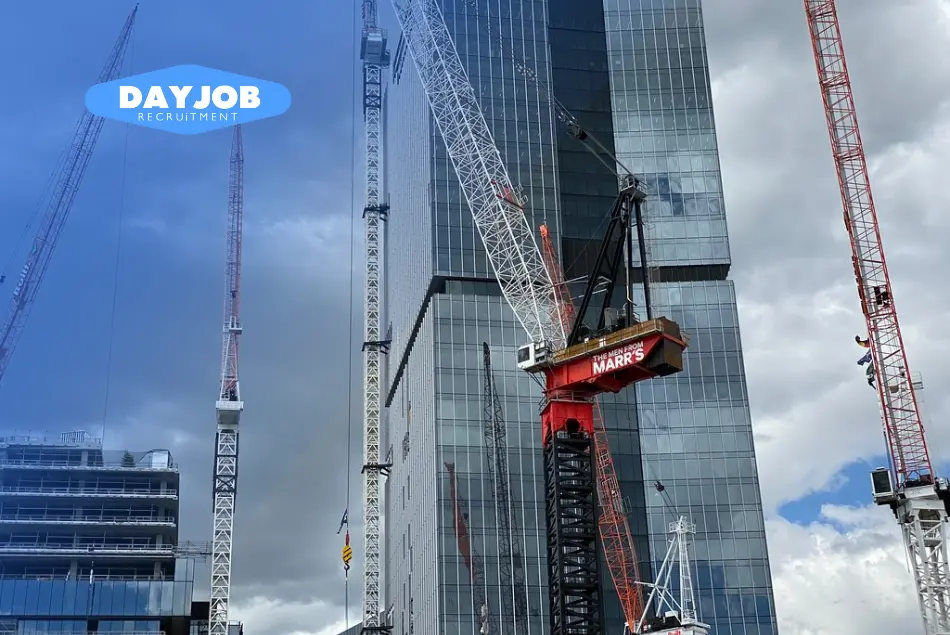Europe has been a pioneer of mass timber construction and manufacturing, but in recent years, Australia and New Zealand have seen newfound investments and profit-driven margins. So, what is mass timber or cross-laminated timber and could it replace more traditional materials such as concrete?
Mass timber may not be the first material you think of when building non-residential structures such as hospitals, universities and retail outlets. Yet, there is a wave of research suggesting that mass timber may be a sustainable, durable and in some cases, cheaper option to concrete and steel.
Mass timber encompasses different methods of wood being layered and bonded together to create structural elements. Cross-laminated timber – when timber is layered perpendicular to one another and glued together – is the most popular method in Australia and New Zealand.
With shorter construction time, high levels of durability and the potential to reap great environmental benefits, demand for timber construction has started developing on a national scale.
Key Takeaways
- Cross-laminated timber is emerging as a sustainable alternative to concrete, with growing investments in Australia and New Zealand.
- Offers environmental advantages, notably in carbon capture, aiming to lower construction’s carbon footprint.
- Higher initial costs are offset by savings in construction time, labor, and foundational expenses due to its lightness and prefabrication.
- Mass timber’s excellent strength-to-weight ratio and earthquake resilience make it a safe, long-lasting choice for building in seismic zones.
- The expansion of the CLT industry is supported by government investments, aiming to improve the supply chain and encourage local expertise.
How does cross-laminated timber cost compare?
Timber typically has higher up-front costs due to much of the manufacturing occurring off-site. However, construction costs can be significantly reduced as timber is prefabricated before delivery, lowering labour costs and waste. The US company CD Smith reported that on-site construction was reduced by approximately 25 per cent when using timber. Timber is also a lighter material than other alternatives, meaning that less investment is required for foundation costs due to its structural compound.
A study in Sydney conducted by Forest and Wood Products Australia compared the cost advantage of timber for non-residential buildings to traditional forms of construction such as concrete. The research found that the cost-benefit of timber ranged from 2.2 percent for a single story-industrial shed to 13.9 percent for a two-story aged care centre.
Currently, the region’s limited supply chain keeps costs higher than concrete. Further education and investment is also required to ensure engineers and architects are equipped to build with lighter but equally durable materials. The advancement of mass timber or cross-laminated timber has prompted governments in the last decade to invest in the education of professionals in manufacturing and construction.
Working with Dayjob Recruitment
Is it durable?
There is a misconception surrounding the durability and safety of timber structures. Mass timber or cross-laminated timber has a high strength-to-weight ratio which is governed and can be adapted by each panel’s thickness. XLam, one of the mass timber manufacturers in the region, claims that cross-laminated timber has a superior strength-to-weight ratio when compared to concrete.
Research shows that when cross-laminated timber is burnt, it ‘chars’ or burns evenly and in a predictable manner. Despite burning, the even char allows for the centre of the timber to remain intact, meaning it maintains structural integrity.
Beams that are made from timber also have higher levels of ductility, allowing them to withstand distortion without breaking. This makes it a sensible option for seismic-prone regions as it is a more earthquake-resistant product. In 2006, New Zealand, an earthquake-prone nation, invested greatly in a “wood first” policy that facilitated education, research and funding to build demonstration buildings. In February 2022, Australia also launched a $300 million dollar Cross-Laminated Timber Building program to expand the industry domestically.
Potentially green?
According to the Australian Government, 22 percent of the country’s carbon emissions come from commercial and residential buildings.
While the industry is currently dominated by concrete and steel, the exact amount of carbon that timber emits is unclear due to the complex supply chains.
What remains indisputable is timber’s ability to trap and hold carbon, also known as carbon sequestration. This allows for it to be a more ‘eco-friendly’ option if sourced sustainably.
Timber NSW reports that “for every dry tonne of timber produced, 1.8 tonnes of carbon dioxide is taken from the atmosphere. This carbon remains ‘locked up’ for the life of the wood, even when it is used for building products or furniture, helping to offset global greenhouse gas emissions.”
CEFC, an Australian government-owned investment company, suggests that “the use of mass timber construction methods cut as much as 75 per cent in embodied carbon emissions compared with conventional steel and concrete designs.” If large-scale mass timber structures were to be developed, ‘carbon sinks‘ or strongholds of trapped carbon may help slow the impact of developments on climate change.
A sustainable and local supply of timber would allow for transparency and a more accurate measure of how eco-friendly timber is. While the manufacturing process of timber uses less energy than concrete or steel, the clouded visibility of how much carbon is procured within production is an additional barrier for timber use. It has been reported that there is also hesitancy surrounding cross-laminated timber production due to concerns surrounding illegal logging and the notion that it may in fact be more harmful to the environment than its recyclable counterparts.
As Australia and New Zealand continue to invest on both a national and local scale, supply chain and product procurement difficulties are expected to ease. Current legislation and approval around creating such structures require enhancements to make timber a viable and commonplace product.
Increased investment from national bodies is promising in creating large-scale change and developing local experts in cross-laminated timber. While the product costs more upfront, timber yields promising results in the increasingly ‘eco’ global economy.
Cross-laminated timber may be the next thing to disrupt the industry. To ensure you have the right staff to keep your business moving, reach out to Dayjob Recruitment today.
Interested in how we can support your role as an employer? Click below to learn more.
Speak to the team!
Dayob recruitment has qualified and accredited staff willing to move
interstate to regional areas. Reach out to find the candidate best
suited for your company.
Contact Us








